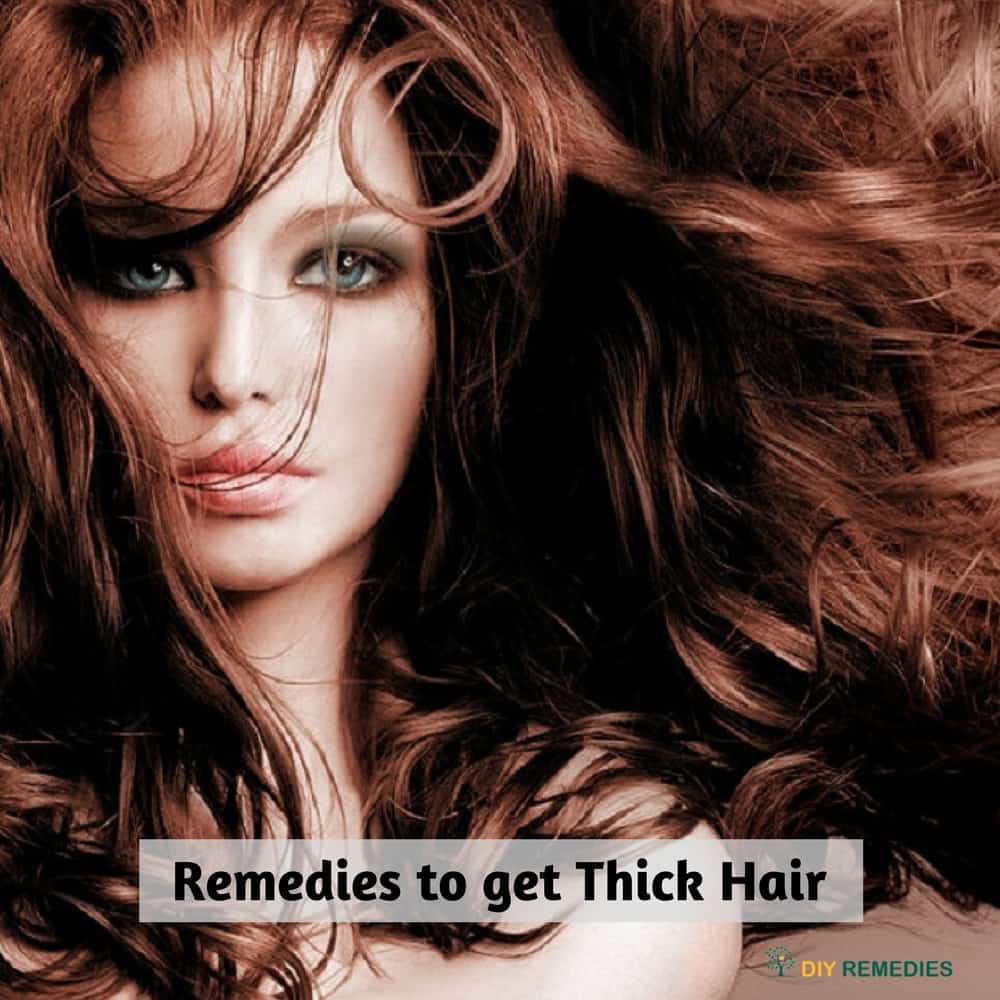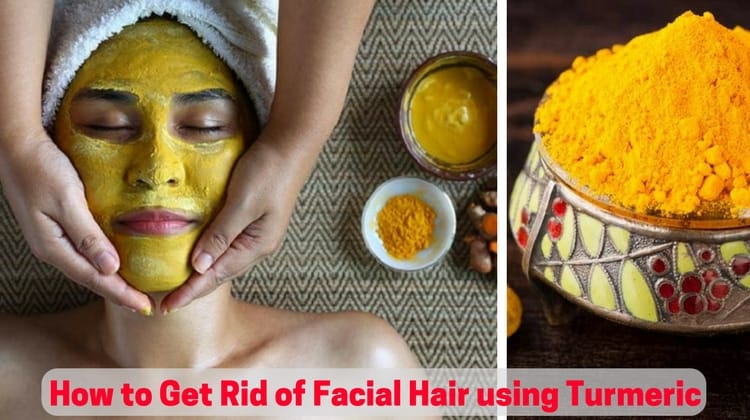
A smile is the best expression to greet anyone and make them turn happy. If your lips are plumped then the smile will make you look more gorgeous. In general, every human being has plumped lips but due to various reasons it gets chapped, dried or darkened.
Lack of moisture in the lips is the main reason to make it dry and chapped. These lips have some small lines which help to determine its health. You can easily make your lips plumper and turn into a smooth and shiny with various natural remedies at home rather than using a lot of lip plumping treatments or devices.
Regular follow – up of these below mentioned natural methods will definitely help you in getting plumped lips without any side effects. Let’s get started into the article.
Best Home Remedies to make Lips Plumper:
Here are some best ways that effectively used to make your lips plumper. Have a look at these methods and try it to get a perfect pout.
Method – 1: (Cinnamon)
When cinnamon applied on the lips then it causes irritation and swelling onto the lips. It also turns the lips into red color but make sure that not apply cinnamon too much, as it irritates the mouth and throat, causing dryness and irritation.
- First of all, apply some Vaseline (or Aquaphor or any natural oil) all over the lips to prevent dryness.
- Take a small amount of cinnamon powder and use it to rub all over the lips.
- Let this mix stay on your lips for few minutes.
- You may feel irritation and swell on the lips but leave it for few minutes.
- Then wipe off your lips using a clean cloth.
- Now apply more Vaseline on your lips to make them look plump and pout.
- Regular application of cinnamon will help you to get plumper lips.
Note:
- Or mix some cinnamon powder in Vaseline or any natural oil to make a fine paste. Apply it on the lips evenly. Leave for 2 – 4 minutes and wipe it off with a clean cloth.
- Also, apply cinnamon oil (or) cinnamon mixed with honey mix on the lips and massage it in circular motions to boost up your lips.
- Never ever rub the cinnamon too much on the lips, as it causes irritation on the skin and thereby ends up with ugly sore lips.
Method – 2: (Salt with Petroleum Jelly and Cinnamon)
Here cinnamon acts as a plumping serum that irritates the lips and causes swelling to make them plump naturally. Salt exfoliate the skin to dead cells and petroleum jelly moisturizes and hydrates the lips to prevent dry or cracked lips.
- Mix 1/2 teaspoon each of cinnamon powder and salt in a bowl.
- Then add 1 tablespoon of petroleum jelly and stir all these ingredients.
- Apply it on the lips and rub it all over the lips till you feel smooth on the lips at night before bedtime.
- Let it sit for 5 minutes and wipe off the mix from your lips.
- Now dip a lipstick brush in fresh beetroot juice and use it to paint all over the lips.
- Leave for overnight and apply petroleum jelly as a light coating on the lips after waking up in the morning.
- Continue applying this mix at night before bedtime for a month to get your lips plumped.
Note: Or mix 1 teaspoon of cinnamon powder and 1 tablespoon each of salt and olive oil in a bowl. Stir and apply on your lips as lip scrub and massage gently with your fingers. Rinse with water after 5 – 10 minutes.
Method – 3: (Beeswax with Essential Oils)
Beeswax moisturizes the lips and the essential oils will irritate the lips slightly to make it swollen and to become plumper.
- Place 1 tablespoon of bees wax and 2 tablespoons of petroleum jelly in a bowl.
- Then add few drops of menthol, cinnamon, and wintergreen essential oil to it.
- Stir all these ingredients and keep it in the refrigerator.
- Now apply it on all over the lips and after few minutes, wipe off the mix to make your lips plumper.
Note:
- Or place 1 tablespoon of petroleum jelly in an empty jar and then add few drops of menthol, wintergreen, and cinnamon essential oil in it. Stir well and apply it all over the lips using your fingers. Initially, the lips will swell and turn redder and after few hours it will be plumped.
- Also, melt 1 teaspoon of beeswax and 5 teaspoons of olive oil in a double boiler and then mix 1/2 teaspoon each of cinnamon oil and vanilla extract. Pour this mix into a container and apply it on your lips as your regular lip balm.
Method – 4: (Cayenne Pepper with Petroleum Jelly)
Cayenne pepper helps to stimulate the blood flow with its spicy nature and thereby makes your lips plump naturally. It causes swelling of the lips to make it bigger, fuller and redder.
- Mix 1/2 tablespoon each of cayenne pepper and cinnamon powder in 3 tablespoons of petroleum jelly.
- Stir all these ingredients in a bowl.
- Apply a lip balm on your lips before the application of this mix on the lips.
- Then apply this cayenne mix on your lips using cotton.
- Make sure that not to apply it on the lips where it is dry or cracked and also apply it in small doses to make the lips get used to this burning sensation.
- Do this application regularly to enjoy plump lips.
Note:
- Or simply equal parts of cayenne pepper, melted coconut oil and cinnamon in a bowl and apply it on your lips. Wait for few minutes and tap off with a warm cloth to enjoy plump lips.
- Prepare a cayenne lip plumper by mixing a pinch of cayenne pepper (crushed or chopped) in a dollop of olive oil and apply it on your lips and rinse after few minutes.
Method – 5: (DIY Lip Plumping Scrub)
This lip scrub will exfoliate the skin to remove dry patches and fade away the fine lines. Brown sugar removes the dry skin gently, olive oil rejuvenates the lips, lemon oil has bleaching property that reduces the tan, honey moisturizes the lips and cinnamon stimulate the blood.
- Combine 1 teaspoon of cinnamon powder and 2 tablespoons of brown sugar in a bowl.
- Then add 4 – 5 drops of lemon oil and 1 tablespoon each of honey and olive oil in this bowl.
- Stir well and store this lip scrub in a small container.
- Apply it on the lips and start scrubbing them gently.
- Massage for few seconds and rinse off thoroughly with water.
- Pat dry your lips and apply Vaseline to prevent dryness and also to keep them soft and smooth.
- Continue this scrub process regularly to get plumping lips.
Other Effective Tricks:
- Apply essential oil like peppermint oil or capsicum oil on your lips to improve blood circulation and thereby causes swelling to make it plump.
- Sprinkle some cinnamon oil (or powder) in your lip balm and mix together. Apply it on your lips and massage gently for few minutes. Wipe off this and spread some lip balm on your lips to lock the moisture.
- Apply honey to lighten your dark lips and make it perfect to pout. Regular application will moisturize your lips and make it look fuller.
- Drink plenty of water and consume a healthy & well – balanced diet to protect your lips from dehydration, dry and chapped.
- Exfoliate your lips lightly to boost proper blood circulation and to remove all the impurities and dust.
Tips and Precautions:
- For best results, always exfoliate the lips with granulated sugar mixed with coconut oil paste or any lip scrub to clear the dust, impurities and dead cells on your lips.
- Remember that application of spice products like cinnamon or cayenne pepper will sting your lips for few seconds to make it plump.
- Always perform a skin patch test before using any of the above ingredients for plump lips. Also, avoid the application of these natural remedies on the chapped lip or on an open wound to prevent the burning sensation or painful adverse reactions.
- Applying a highlighter on the cupid’s bow of the lip and shimmer balm on the lower lip will give your lips a larger appearance (plump).
- Massaging your lips with a lip balm for few minutes will help to lift and make it plump for a perfect pout. Also, brushing your lips with a soft bristled toothbrush will boost the blood circulation and adds volume to the lips.
- Use lip cupping device to enhance your pout, as it gives instant lip enlargement by drawing blood into the lips.
Try these methods, tips, and tricks to turn your lips plumper. Do you know any other successful methods for turning the lips into plump and perfect pouts? Then share it with us in the below comments box.









